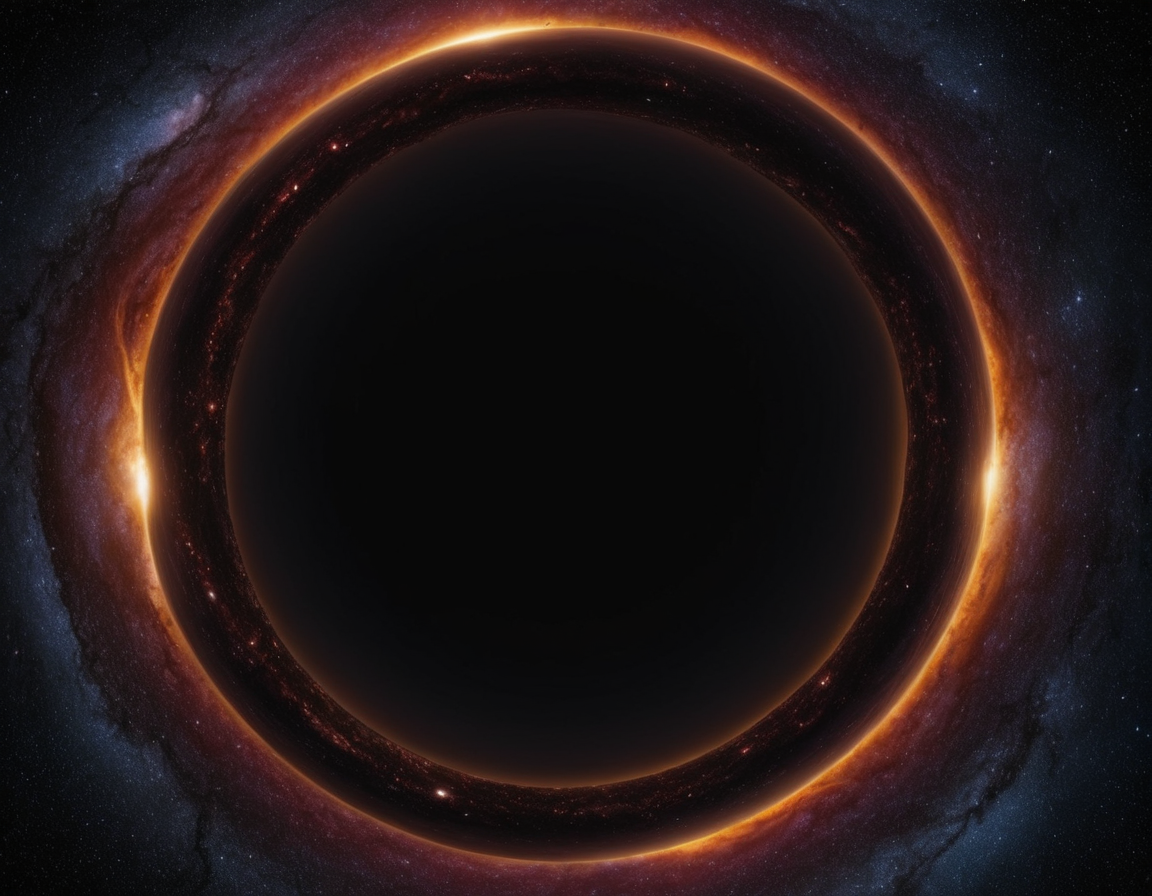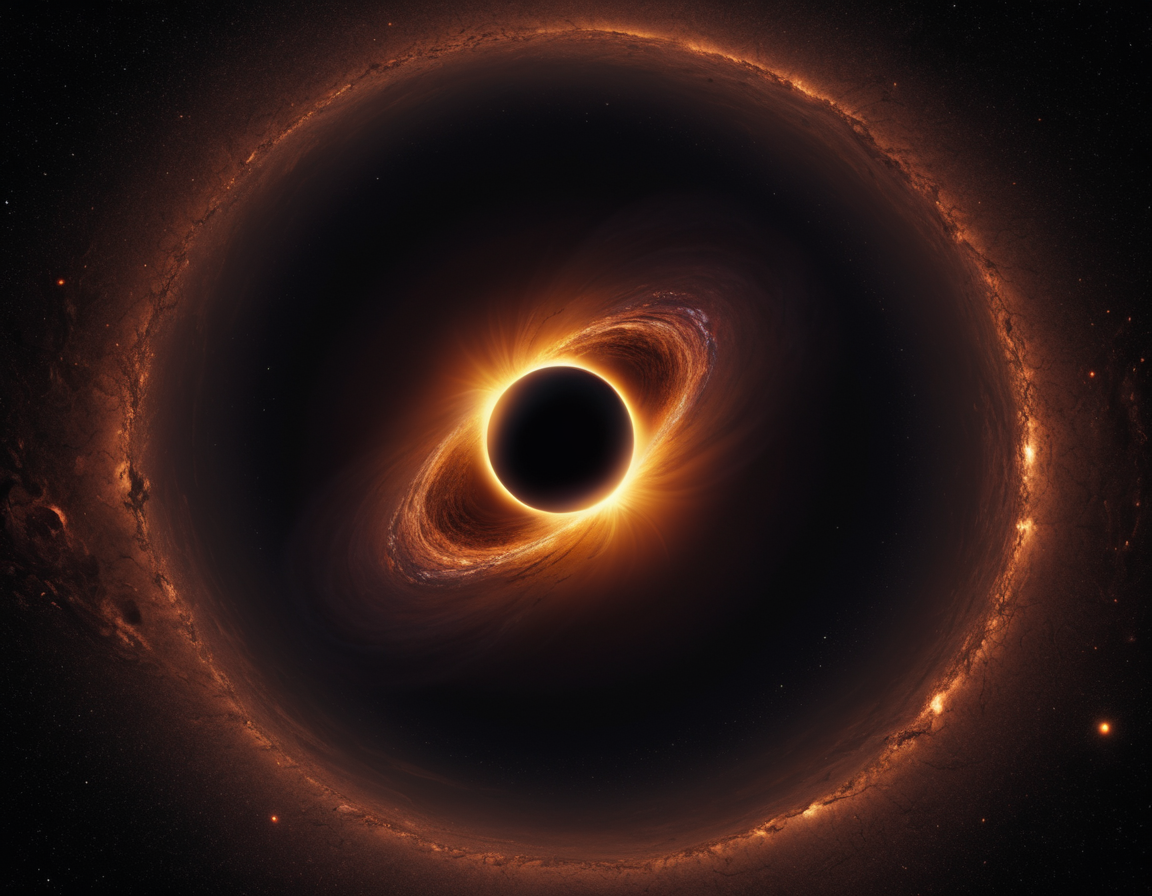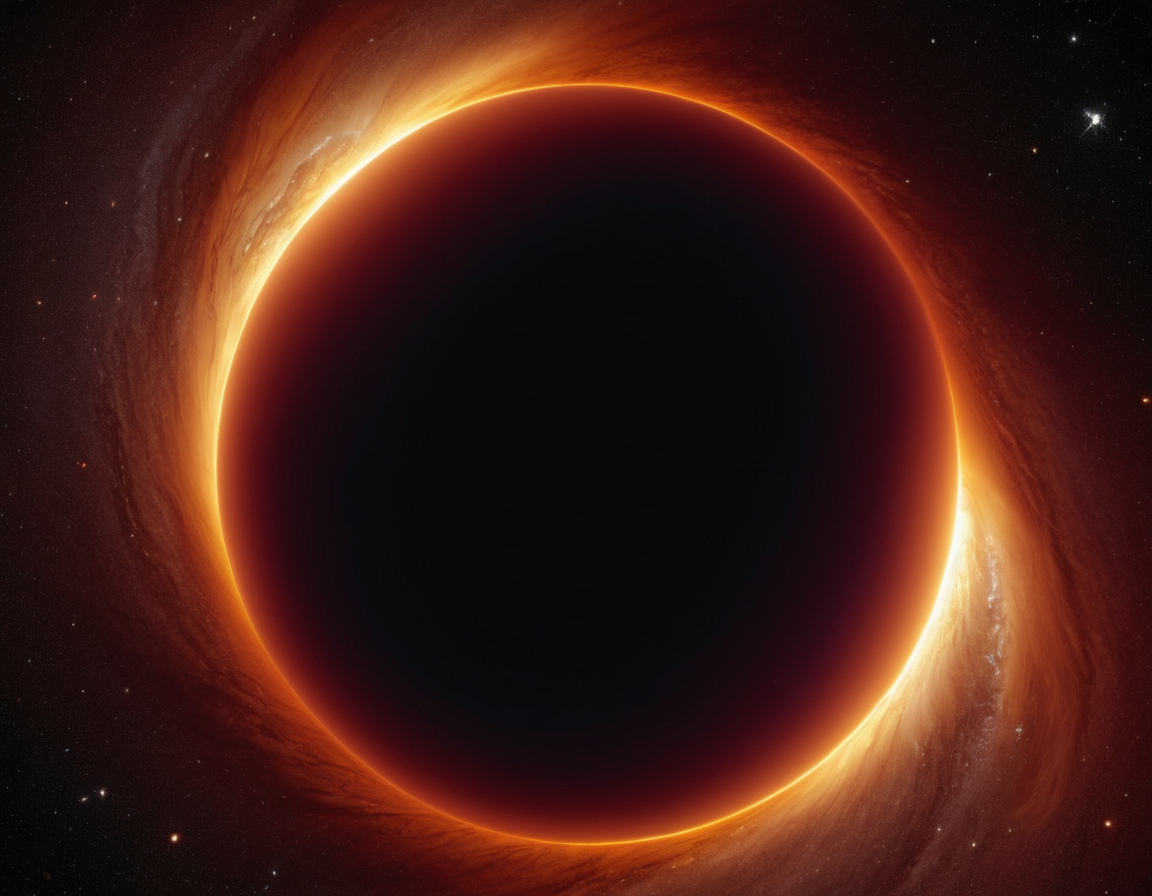Exploring the Mysteries of Black Holes: A Journey Through Space and Time
Unveiling the Enigma of Black Holes
Black holes, the mysterious titans of the universe, have captivated scientists and the public alike with their extraordinary properties and the enigmatic nature of their existence. These cosmic phenomena are regions of spacetime where the gravitational pull is so intense that nothing, not even light, can escape their grasp.
Understanding the Gravity of the Situation
At the core of a black hole lies the singularity, a point of infinite density where the laws of physics as we know them break down. Surrounding the singularity is the event horizon, a boundary beyond which anything that crosses is irretrievably consumed by the black hole’s gravitational force.
The Legacy of Einstein and Schwarzschild
The concept of black holes comes from the equations of Einstein’s General Theory of Relativity. Shortly after Einstein published his theory, Karl Schwarzschild found a solution to these equations that predicted the existence of a point in space where the gravitational field becomes infinitely strong.

Deciphering the Cosmic Code with Hawking Radiation
One of the most groundbreaking discoveries regarding black holes is the concept of Hawking radiation, theorized by physicist Stephen Hawking. According to Hawking, black holes are not entirely black; they emit radiation due to quantum effects near the event horizon. This radiation suggests that black holes can eventually evaporate over astronomical time scales.

Feeding the Giants: Accretion Disks and Jets
Many black holes are known to have accretion disks, swirling whirlpools of gas and dust that spiral into the event horizon. As material from the accretion disk falls into the black hole, a small fraction of matter is ejected at high speeds into interstellar space, forming incredible jets that can extend thousands of light-years.
A Glimpse into the Abyss: Imaging a Black Hole
In recent years, scientists achieved a historic milestone by capturing the first image of a black hole’s event horizon, a glowing ring of light outlining the shadow of the black hole against the bright fabric of the accretion disk. This image, from the galaxy M87, was obtained by the Event Horizon Telescope, an array of radio telescopes spanning the globe.

Enlisting Black Holes in the Quest for New Physics
Black holes are not just fascinating objects of study for astronomers; they are also proving to be crucial in the quest for understanding the unification of the forces of nature. As laboratories for extreme physics, black holes might hold the key to reconciling general relativity and quantum mechanics.
Conclusion
The study of black holes continues to challenge and inspire. As we peer deeper into the heart of these cosmic riddles, we may find more than just answers to longstanding scientific questions—we may also discover new mysteries waiting to be explored. Join us on this astronomical journey, as we explore the boundaries of human understanding, one black hole at a time.
Engage with the Mystery
If this glimpse into the abyss has sparked your curiosity, we invite you to delve further into the science of black holes and the universe. Share your thoughts and questions, and join the conversation about the awe-inspiring wonders of space!






